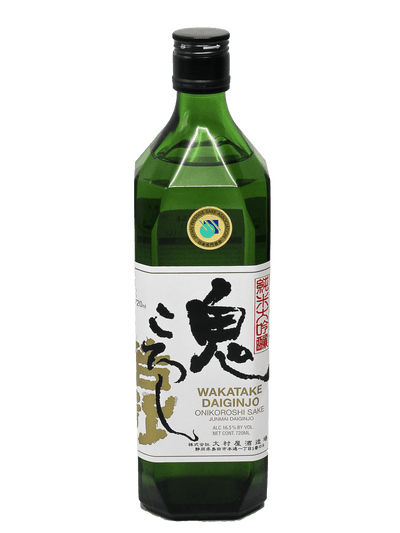Traditional Method Sparkling Rose Wines: Know About It

A traditional method sparkling rose, such as Moutard Brut Rose de Cuvaison, is a rose wine, which can be made using a few different methods, that is then bottled with a small addition of yeast and sugar to start the second fermentation in the bottle. This is called dosage. The technique originated in Champagne, France, and is also called Méthode Champenoise, but is practiced worldwide. The underling rose wine itself can be made by direct pressing, skin maceration (like the Moutard), saignée, or blending, though the latter is outlawed in the European Union, except for Champagne—they’re special. All these techniques depend on the fact that the rose (or red) color in wine comes from grape skins.
With skin maceration, fermentation begins with direct skin contact in the fermentation vessel, but for a much shorter time than for red wines, giving the desired pink color. The must is then drawn off from the skins. With direct pressing, skin contact only occurs during the pressing process, so this produces very light-colored wines. There’s no skin contact thereafter. Blended roses, just as it sounds, results from mixing together red and white wines to achieve the desired results. Saignée produces richer wines because the process begins as red wine production, but a fraction of the wine is removed through pressing early on, which becomes the rose. The rest of the must continues fermenting to produce red wine from the same batch.
When you order wine online, it’s possible to get rose sparkling wines not only from different regions but resulting from these different techniques as well.
Sparkling Rose Wine: California
Sparkling rose wines, California style, may use any of the above production methods. Consider the 2018 Davis Family Vineyards Rosé de Noir, whose name immediately tells me this is made from Pinot Noir, 100% in this case, from the Russian River Valley, already a superb location for Pinot Noir, but the David family selected the coolest possible site to gain the required acidity for sparkling rose wine. Another option is the 2016 Goldeneye Anderson Valley Brut Rose made from a blend of 60% Pinot Noir and 40% Chardonnay. You will catch aromas of orange marmalade and biscuits, with hints of wild strawberry and ripe cherry in this wine from a viticultural area in rolling hills along 15 Miles of the Mendocino County coastal region.
Sparkling Rose Wine: Champagne
Blending wines from different vintages and made from different grape varieties is a time-honored art form in Champagne, hence the special exception from European Union rules against blending to produce roses. One example is the Ruinart Brut Rose, from one of the great Champagne houses. Wine Spectator says: “Raspberry and nectarine fruit flavors are ripe and appealing in this elegant rosé Champagne, with a fine, satiny mousse, neatly layered with accents of ground ginger, blanched almond, and blood orange pith.” This is made by blending 45% Chardonnay from the Côte des Blancs and Montagne de Reims vineyards with 55% Pinot Noir from Montagne de Reims and Vallée de la Marne vineyards. For an example of saignée, try the unusual Larmandier-Bernier Rose de Saignee Premier Cru Extra Brut.
Sparkling Rose Wine: Other Regions
For sparkling roses from other areas of the globe, I suggest the Jurtschitsch Brut Rose from Austria and the 2019 Simonsig Kaapse Vonkel Brut Rose from the great wine-producing region of Stellenbosch in South Africa. It’s now so easy to order wine online and compare fine wines from different appellations!
Did you like this blog from the best wine store in California, Bottle Barn? If so, check out some other entries on our wine information page.
By Charlie Leary


















Leave a comment